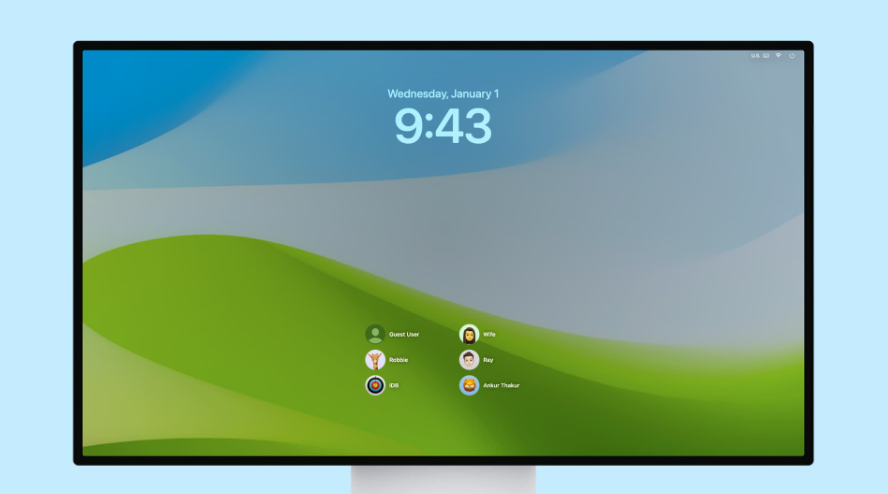
Bose Frames: A Look Back at the Rise and Fall
Bose Frames, a unique blend of wearable tech, quickly captured attention with its innovative design, combining sunglasses with built-in wireless speakers. It offered an audio experience like no other, allowing users to enjoy music or podcasts while staying aware of their surroundings. Sadly, Bose recently decided to discontinue the Frames, leaving many wondering about the missed opportunities for further development and what could have been if Bose had refined the product further.
Why Bose Frames Stood Out
Bose Frames stood out by combining the convenience of sunglasses with immersive audio. The discreet speakers built into the frames let users enjoy sound while still staying aware of their environment, making it perfect for people who wanted to integrate audio into their daily routines without sacrificing style or safety.
Hands-Free Communication
Bose Frames also included a high-quality microphone, making it easy for wearers to take calls without the need for earphones or headsets. This feature allowed for clear, hands-free communication, offering a new level of freedom for users.
Seamless Virtual Assistant Integration
Another impressive feature was the compatibility with popular virtual assistants like Siri and Google Assistant. With just a voice command, users could access services, get answers, or control their audio experience, all hands-free.
The Discontinuation: A Missed Opportunity
The decision to discontinue Bose Frames came as a surprise to many. Instead of improving and building on the product’s unique features, Bose chose to end its production. This raises questions about whether Bose missed an opportunity to refine the Frames and keep up with consumer demand.
Untapped Potential for Improvement
Bose Frames had so much room to grow. With tweaks to the audio quality, longer battery life, and more style options, the product could have evolved into something even more impressive. The market was there for continued innovation, and Bose had the potential to keep captivating customers with future versions.
The Niche Market: A Missed Opportunity
By discontinuing Bose Frames, Bose left a gap in the market for sunglasses that integrate audio. The product appealed to a specific group of people who wanted both style and function. With the Frames gone, Bose might have lost the chance to cement its place as a leader in wearable tech.
Consumer Demand and Loyalty
Bose Frames were popular, with a dedicated following of people who loved the mix of style and technology. The discontinuation left these loyal customers disappointed, especially without a clear successor in sight. Bose may have unintentionally let down a fan base that was excited for the future of wearable tech.
The Ray-Ban Meta Glasses: A Worthy Alternative
For those still looking for wearable tech that combines audio with style, the Ray-Ban Meta Glasses are a strong alternative. These smart glasses keep the classic Ray-Ban look while adding a built-in camera for capturing photos and videos. Combining both audio and visual features, the Ray-Ban Meta Glasses offer a fresh take on wearable technology and could be an exciting option for those looking for versatility.
Conclusion: What We Can Learn
The end of Bose Frames marks the loss of a truly innovative product, combining sunglasses with integrated audio. While Bose missed an opportunity to refine and build on the success of the Frames, alternatives like the Ray-Ban Meta Glasses provide a glimpse of what’s possible in this space.
Ultimately, the discontinuation of Bose Frames highlights how important it is for companies to keep innovating in the wearable tech market. As technology evolves, businesses must stay flexible and adapt to changing consumer demands in order to stay ahead in the competitive world of wearable gadgets.













